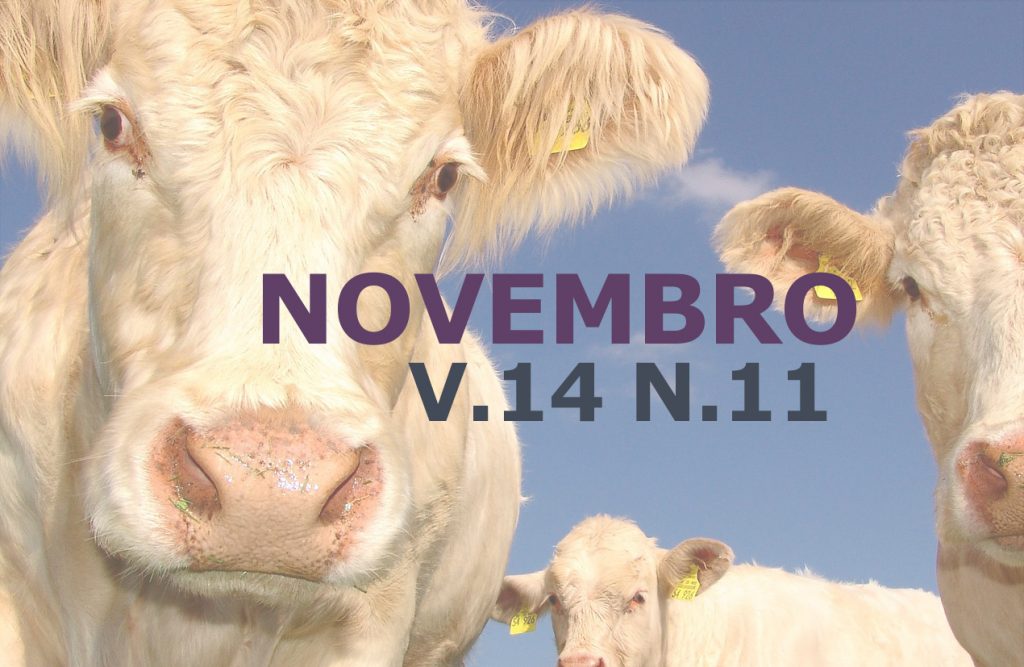Thoracolumbar transitional vertebrae in a feline: Case report
DOI:
https://doi.org/10.31533/pubvet.v14n11a692.1-5Keywords:
congenital anomaly, spine, cat, radiographyAbstract
The transitional vertebra is a congenital anomaly characterized by a vertebra that assumes anatomical characteristics of another vertebra in the adjacent region and occurs at the cervicothoracic, thoracolumbar, lumbosacral, and sacrococcygeal junctions. It is the most common congenital anomaly in dogs and cats and is diagnosed by radiography. The present work aims to report a case of thoracolumbar transitional vertebrae in a feline, 11 years old, addressing the radiographic findings. The patient was received in the Laboratório de Diagnóstico por Imagem e Cardiologia (LADIC) of the Universidade Federal de Pelotas Veterinary Teaching Hospital for thoracic radiography to investigate the presence of lung metastasis. Radiographs in orthogonal views of the thorax were obtained and demonstrated the presence of ribs bilaterally inserted in the first lumbar vertebrae (L1), in addition to spondylosis along the thoracic spine. The patient did not have clinical signs compatible with these vertebral changes. The thoracolumbar transitional vertebrae have a large importance in the decision making of clinicians and surgeons when facing thoracic procedures. The radiologist must pay attention to this change and communicate it so that the clinician, surgeon, and the owner can acquire knowledge, thus avoiding possible medical errors that may harm the patient.
Downloads
Published
Issue
Section
License
Copyright (c) 2020 Mariana Wilhelm Magnabosco, Péter de Lima Wachholz, Tiago Trindade Dias, Yohana Fernanda Henz, Alana Moraes de Borba, Thaís Cozza dos Santos, Tainá Evaristo Mendes Cardoso, Leendert Kleer Neto, Guilherme Albuquerque de Oliveira Cavalcanti

This work is licensed under a Creative Commons Attribution 4.0 International License.
Você tem o direito de:
Compartilhar — copiar e redistribuir o material em qualquer suporte ou formato
Adaptar — remixar, transformar, e criar a partir do material para qualquer fim, mesmo que comercial.
O licenciante não pode revogar estes direitos desde que você respeite os termos da licença. De acordo com os termos seguintes:
Atribuição
— Você deve dar o crédito apropriado, prover um link para a licença e indicar se mudanças foram feitas. Você deve fazê-lo em qualquer circunstância razoável, mas de nenhuma maneira que sugira que o licenciante apoia você ou o seu uso. Sem restrições adicionais
— Você não pode aplicar termos jurídicos ou medidas de caráter tecnológico que restrinjam legalmente outros de fazerem algo que a licença permita.





